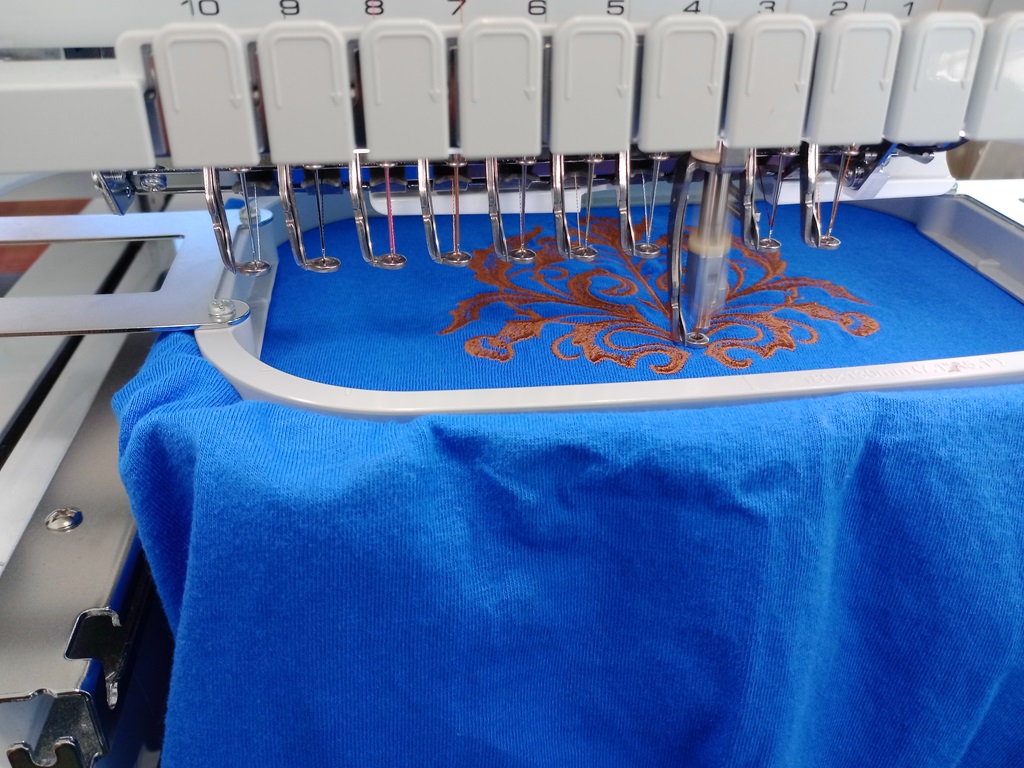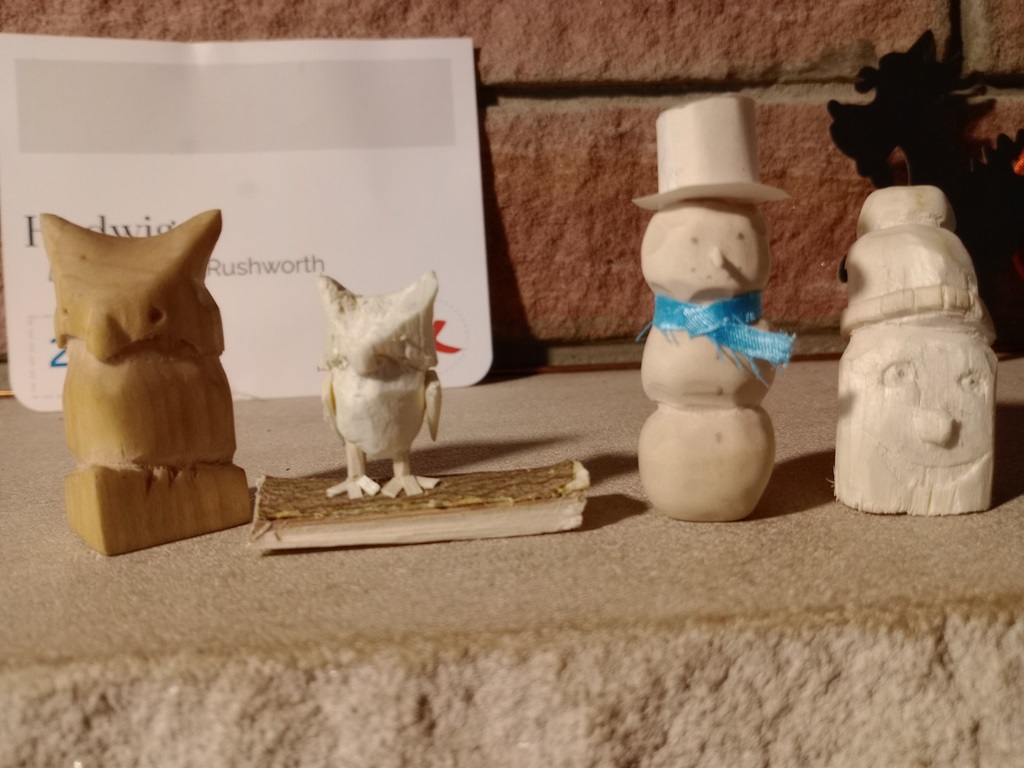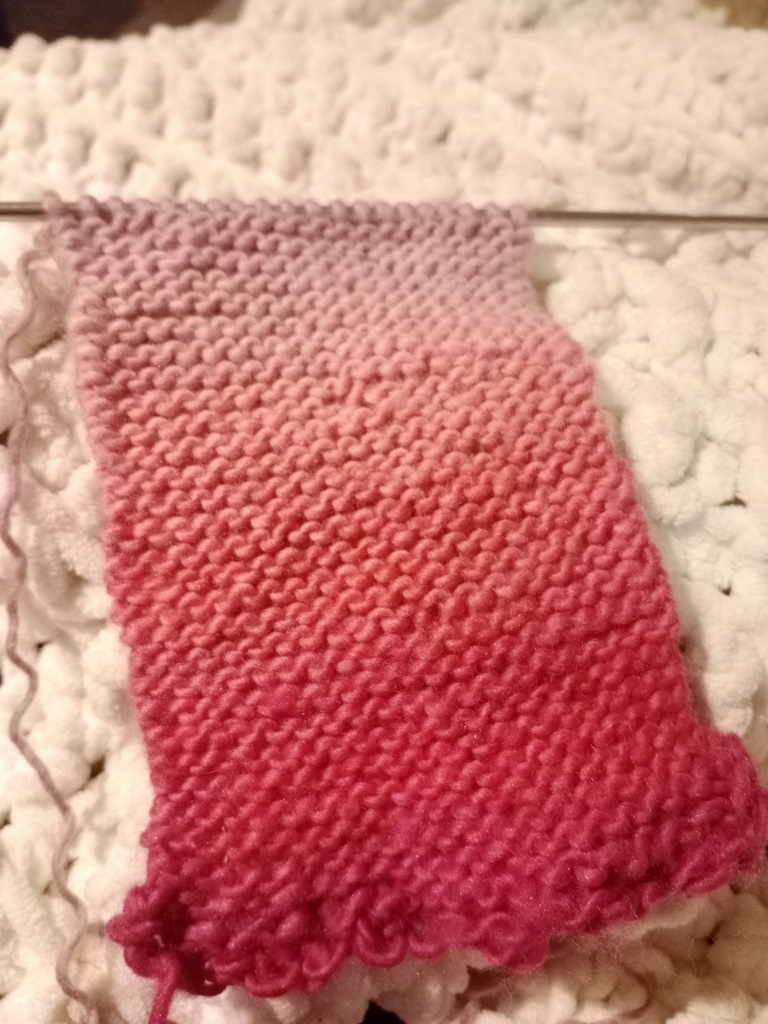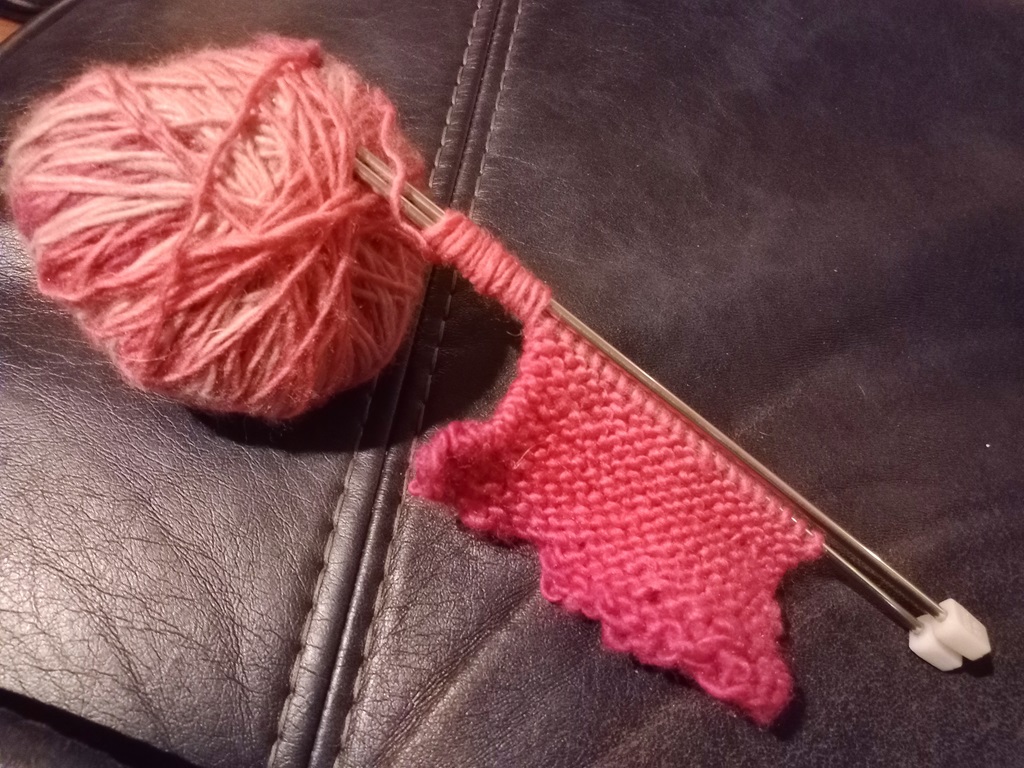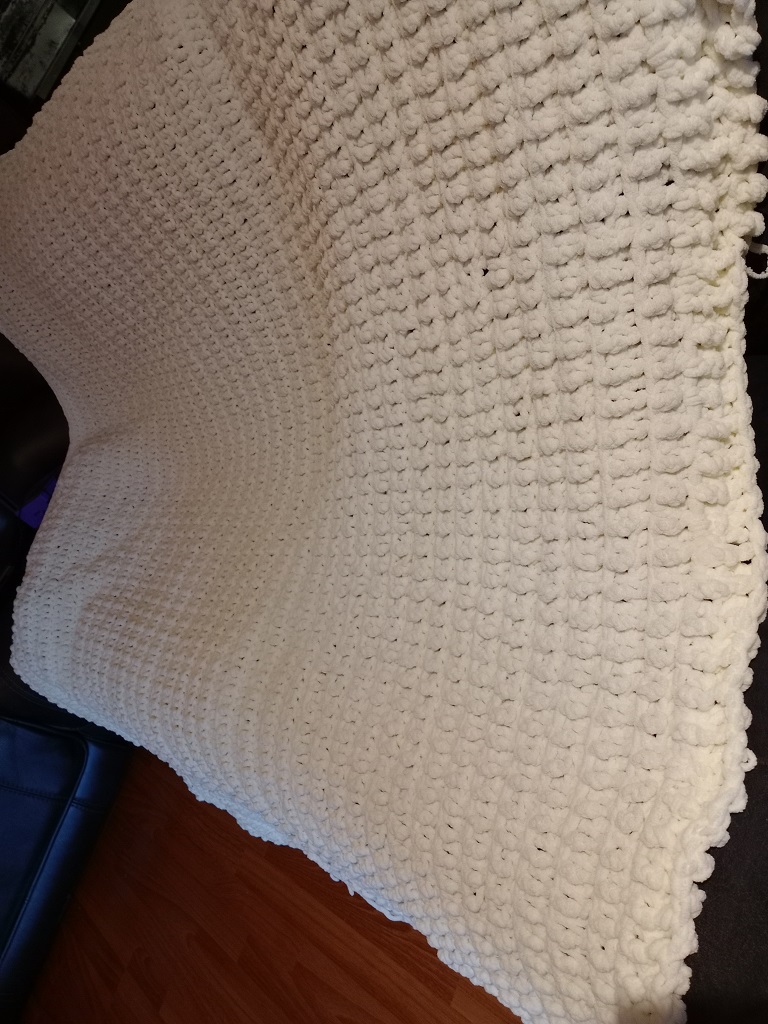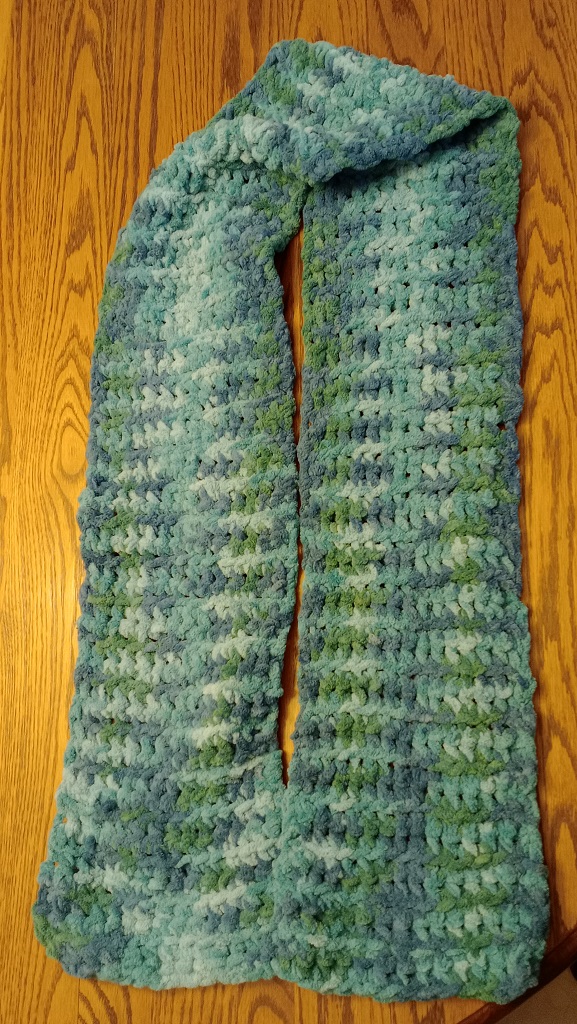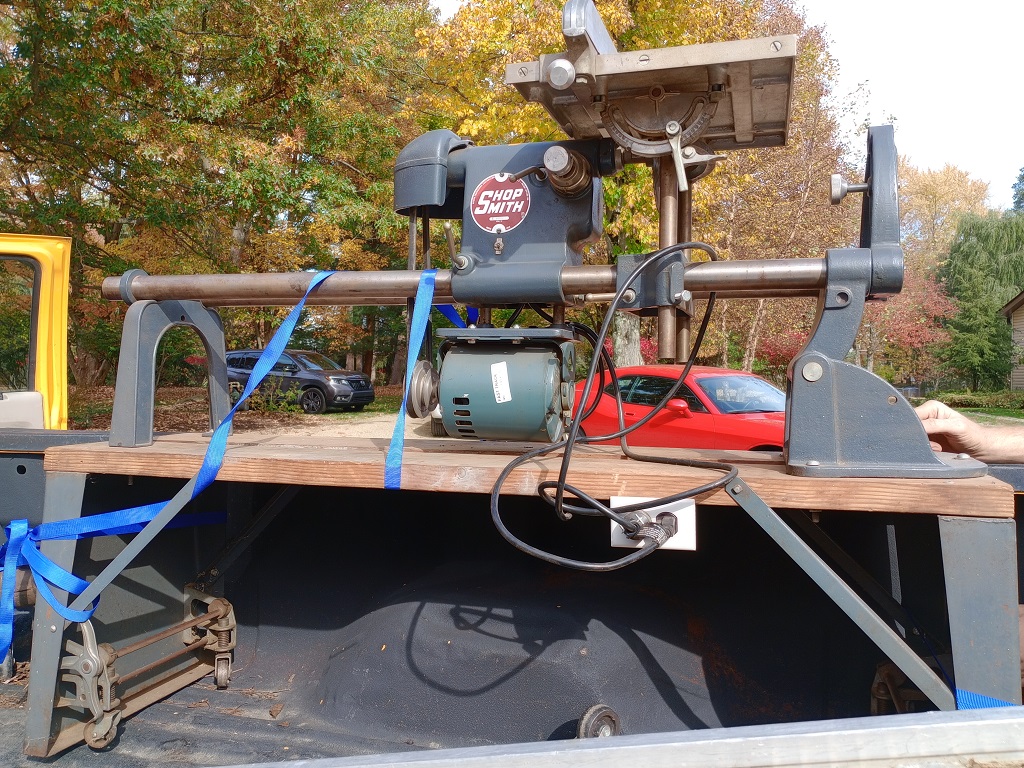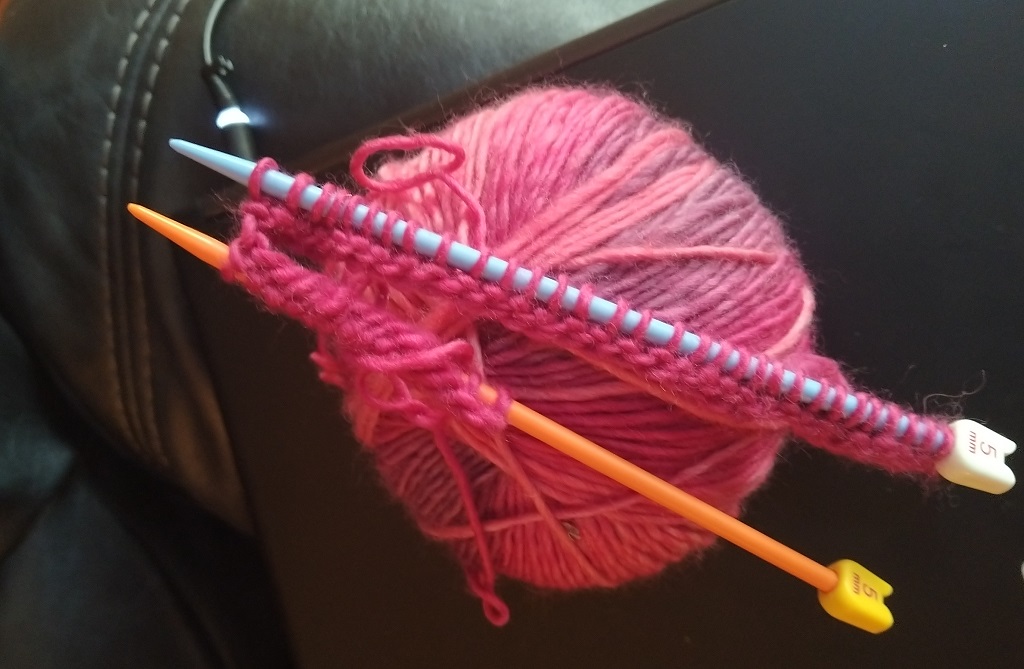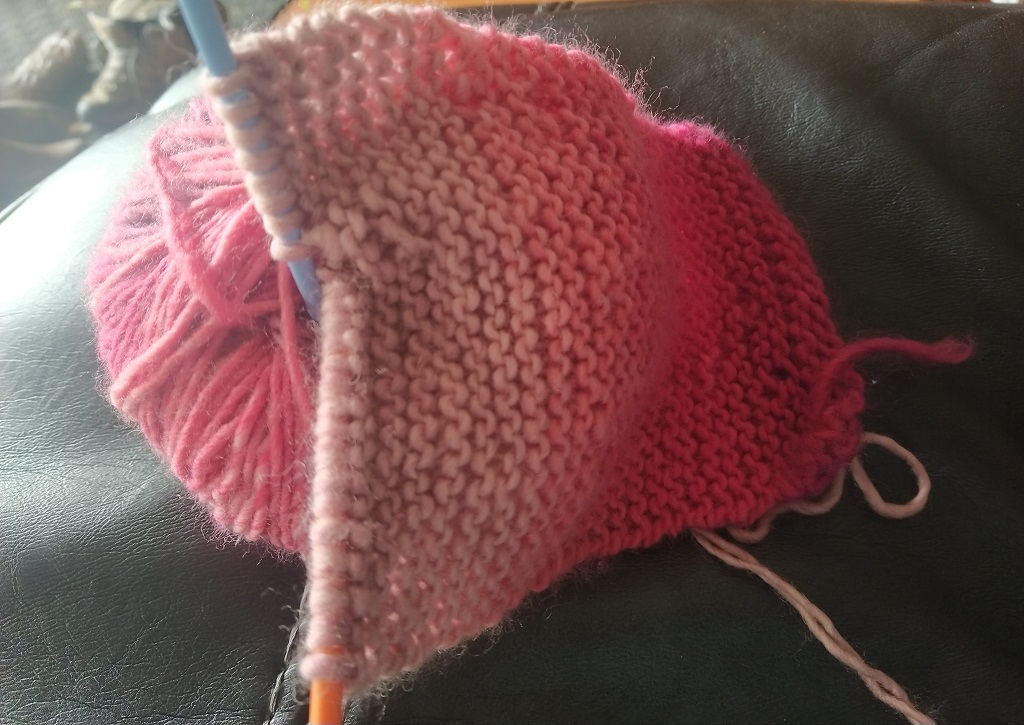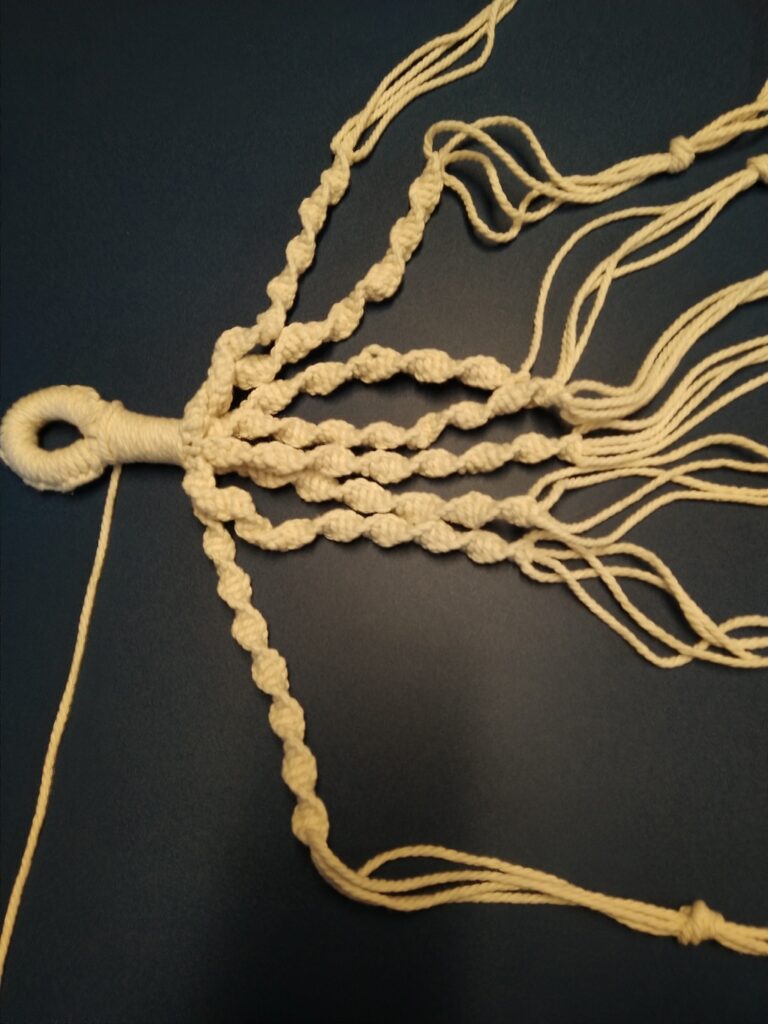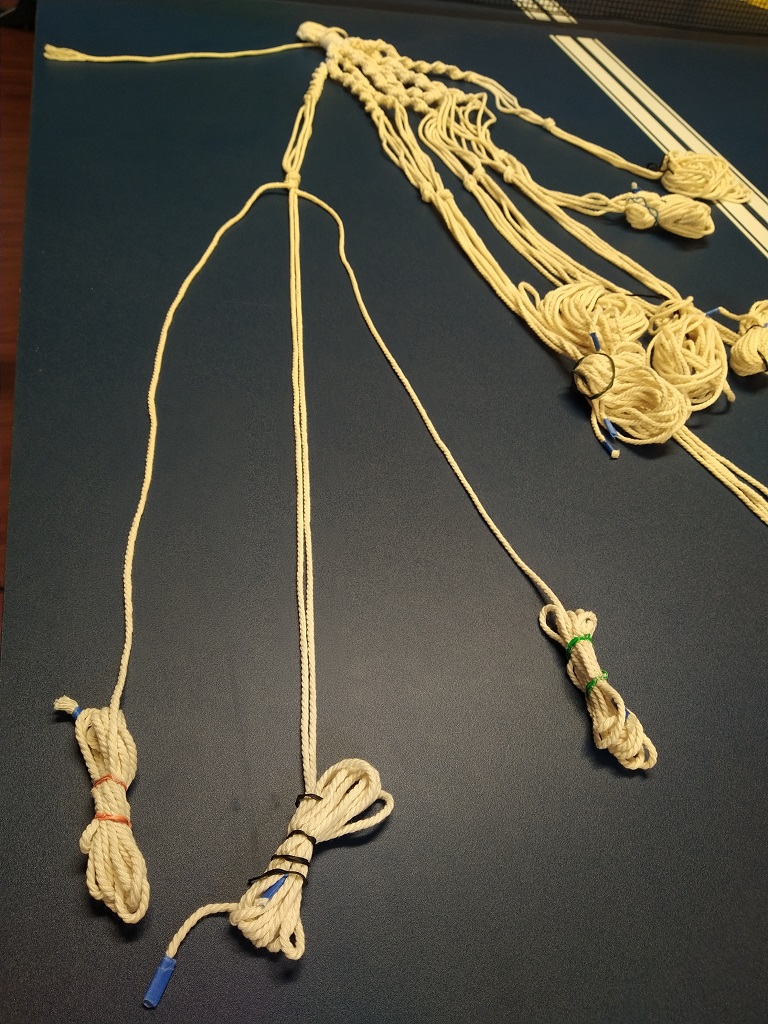The library system in our neighboring county has five or six locations with 10-needle embroidery machines. They’re free to use, but you pay $0.10 for every 1,000 stitches. And you cannot just bring your own thread (they will, however, order colors if you request them … not thirty shades of orange, but they’re happy to stock colors that aren’t really close to something they already own). Lesson of the day: even if it’s not “a computer”, it’s a computer. Reboot it.
I took a day off work, and we planned to spend the day at the library embroidering an entire stack of shirts. Five hours later, one was not even complete. There were two staff members going through the really big manual. They tried everything. The threads breaking issue turned out to be a badly would bobbin, but we still had trouble with the machine locking in the thread when it would move to a new run. Try enough times, you could get it to start. But, when it locked off the run, cut the thread, and moved elsewhere to start another run? The thread wouldn’t get locked in, and it would come out of the needle. We tried “fast forwarding” the job to the point of using a different needle. Same issue. We tried a simpler design (we started big, which was probably a bad idea). Same issue (although we managed to re-thread the upper needle frequently enough that the job completed). Kind of a last ditch effort, we rebooted the thing. And it worked perfectly. I’m guessing there’s some re-calibration steps that run on start-up because I don’t see this as a purely software issue where clearing the memory and starting over would have done something. But, sigh! Reboot it!
